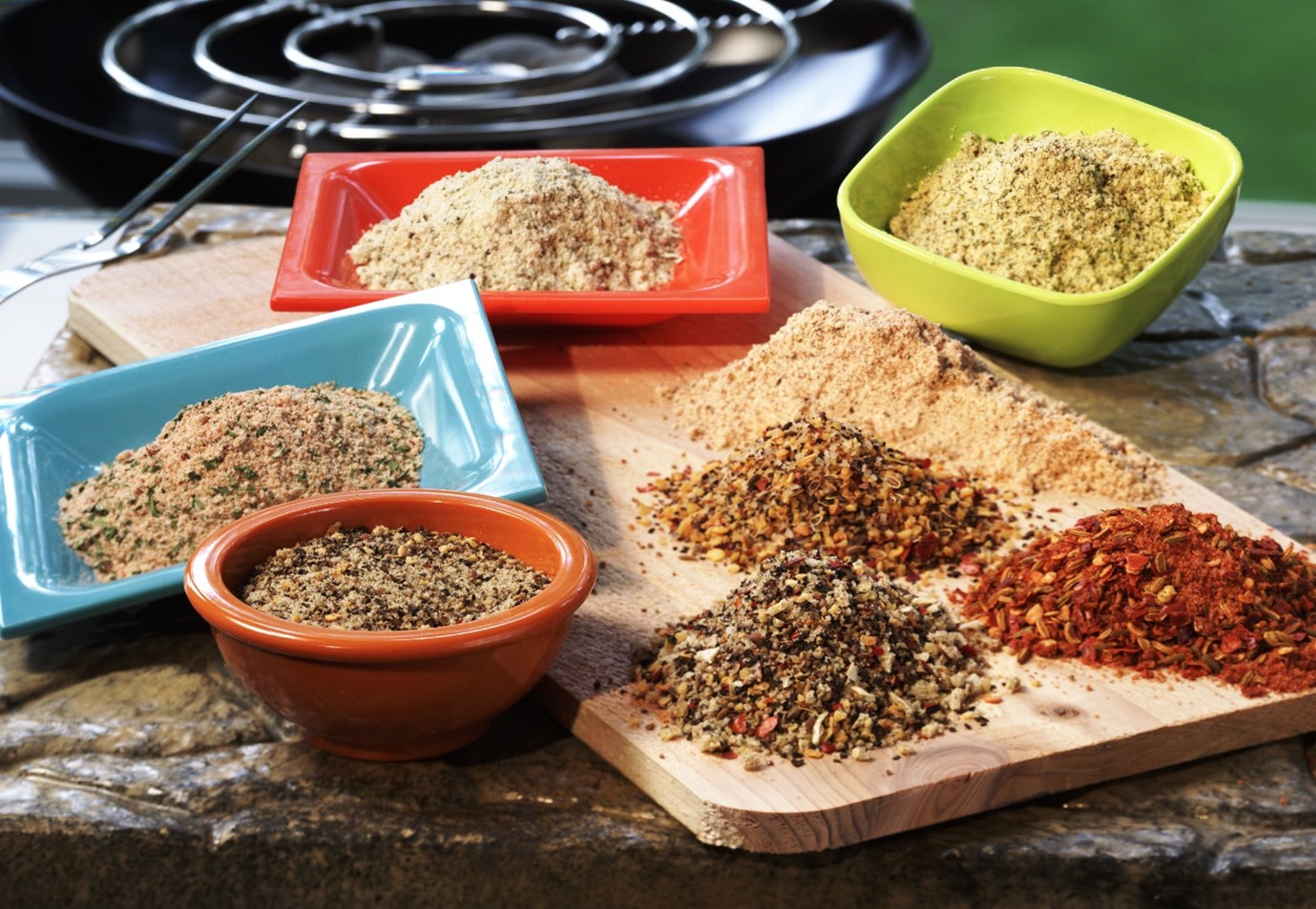Embracing the nutraceutical opportunity in landlocked developing countries
In 2021 the global market for nutraceuticals was valued at USD 454.55 billion, a figure which is expected to rise to USD 636.6 billion by 2030, driven by the growing number of health conscious consumers. This growth brings opportunity for smallholder farmers in landlocked developing countries (LLDCs).
Many of the commodities used to make nutraceutical products, such as tropical fruits and berries, oils, cereals, nut and grains, are grown in LLDCs. As we identified recently in a joint report with UNCTAD, the right support could enable farmers and agribusinesses in those countries to tap into this expanding market.
We’ll be discussing the potential of nutraceuticals with UNCTAD Secretary General Rebeca Grynspan at the LDC5 conference on 5 March at 12.15pm. To join us online register here.
What are nutraceuticals?
Before we look at some of the challenges and opportunities it’s worth explaining exactly what nutraceuticals are. The term combines the words ‘nutrition’ and ‘pharmaceuticals’. The products themselves consist of food and drinks that are believed to have health-enhancing properties beyond their nutritional value, and food supplements in concentrated forms such as liquids, tablets or capsules.
The demand for these high value products is growing in regions of the world such as the EU, US, Japan and China, as consumers become more aware of the impact of edible goods on their health and the environment. This is reflected in a willingness to accept higher prices for healthier alternatives. For example, Deloitte recently found 70% of European consumers are happy to pay 5% more for organic products.

Opportunities for agribusinesses and farmers in LLDCs
With targeted support agribusinesses and farmers in LLDCs can take advantage of this trend. For farmers, this could involve adopting sustainable growing methods and building direct links with brands that want to develop ethical, transparent supply chains. For agribusinesses this could include developing processing capabilities that enable them to turn commodities into higher value nutraceuticals produced locally, creating a more profitable and less volatile revenue stream. In turn this would have a positive impact on the incomes of the farmers they work with.
On a national level this diversifies economies, reducing the reliance of LLDCs – 81% of which are classed as commodity dependent – on the export of raw commodities. In our report with UNCTAD we identified several LLDCs rich in the plants and fruits required to produce nutraceuticals and explored how they could maximise the opportunity.
Take Burkini Faso. The west African country cultivates shea nuts, cashew nuts and sesame seeds, all of which have nutraceutical properties.
It has the raw ingredients to benefit from trends such as the increasing popularity of shea butter which is derived from shea nuts. At the moment, shea butter’s use as a skincare product accounts for just 8% of the global shea market, but its share is growing driven by companies such as L’Occitane and The Body Shop. They are developing direct relationships with farmers and paying a premium, in return for adherence to organic and sustainability standards.
Overcoming obstacles and accessing markets
Identifying these market trends is the easy part. Accessing them is where it becomes trickier. Each LLDC has its own specific difficulties to navigate. But they share common challenges. Their lack of access to the sea often leaves them isolated from world markets. Goods must transit through neighbouring countries relying on their transport systems and contending with cumbersome border procedures and administrative hassles. This reduces their competitiveness and is one of the reasons they are usually less developed economically and attract less investment.
As a result, LLDCs do not have the means to invest in their own transport infrastructure or build the manufacturing and processing capabilities they need to make higher value products that meet the regulatory standards of regions such as the EU. Despite having the raw materials, this makes it hard for them to enter the nutraceuticals market.
These are some of the broad reasons why countries such as Burkino Faso are struggling to make the most of nutraceuticals. But there are no simple broad solutions, each sector in each country requires bespoke support. In our report we suggest four activities that would help Burkino Faso grow its share of the shea butter market:
- Increase shea productivity by providing education on cultivation techniques and setting up a professional body to organise and oversee growers.
- Encourage multinational partnerships with cosmetics firms that boost farm-gate prices by offering tax and other financial incentives.
- Set up cooperatives that can provide multinational companies with the scale they need, and support them with upfront costs such as seed funding.
- Boost the productivity of women, who are heavily involved in shea production, by creating a fund that backs female-led projects and land-purchasing cooperatives for women.
Supporting farmers and agribusinesses to overcome barriers to the nutraceutical market and enabling them to specialise in higher value markets, is a stepping-stone to increased prosperity in LLDCs. For a more in-depth exploration of the issue, including practical recommendations for a number of LLDCs, read our joint CFC-UNCTAD publication here.
And please do join us online or in person at LDC5 in Doha where we’ll be discussing the potential of nutraceuticals at 12.15pm on 5 March. Register here.

